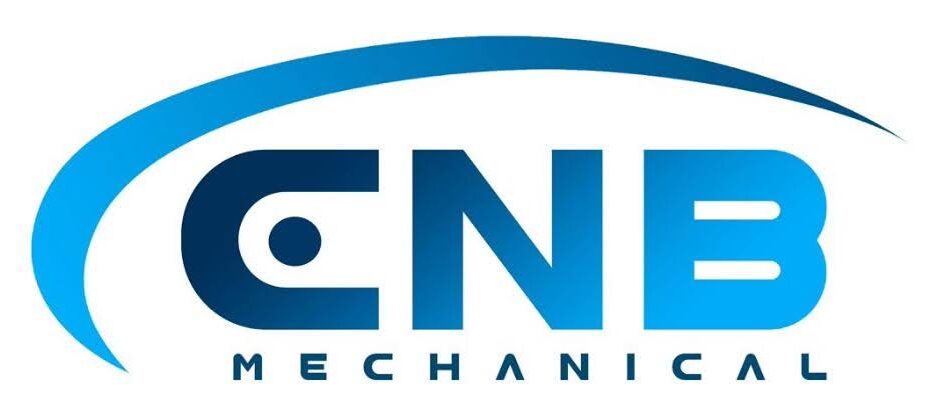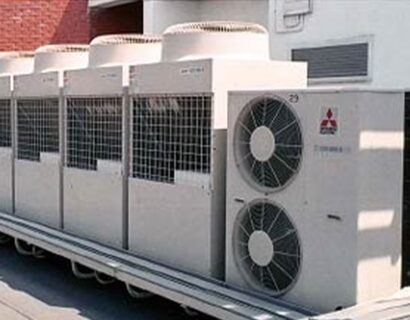1. Design and Installation:
- System Planning: Design the VRF system based on the cooling and heating needs of the space.
- Equipment Selection: Choose the appropriate indoor and outdoor units for the installation.
- Physical Installation: Mount the units indoors and outdoors, along with installing plumbing and wiring.
- Setup and Testing: Adjust the system and perform tests to verify proper operation.
2. Preventive Maintenance:
- Regular Cleaning and Maintenance: Clean filters, coils, and units to maintain system efficiency.
- Component Inspection: Check compressors, fans, and valves to identify potential problems.
- Refrigerant Check: Monitor refrigerant levels and recharge if necessary.
3. Repairs:
- Troubleshooting: Identify and resolve problems such as refrigerant leaks, electrical faults, or component malfunctions.
- Component Repair: Replace or repair defective compressors, valves, or other items.
- Tuning and Calibration: Adjust system parameters and calibrate controls for optimal performance.
4. Efficiency Optimization:
- Technology Upgrades: Incorporate more efficient technologies to improve performance and reduce energy consumption.
- Parameter Programming: Adjust system parameters to suit specific conditions and needs.
- Monitoring and Analysis: Monitor system performance and analyze data to identify areas for improvement.
5. Safety and Regulatory Compliance:
- Regular Inspections: Conduct periodic inspections to ensure compliance with safety and environmental regulations.
- Safety Training: Provide training to staff on safe system use and emergency procedures.

